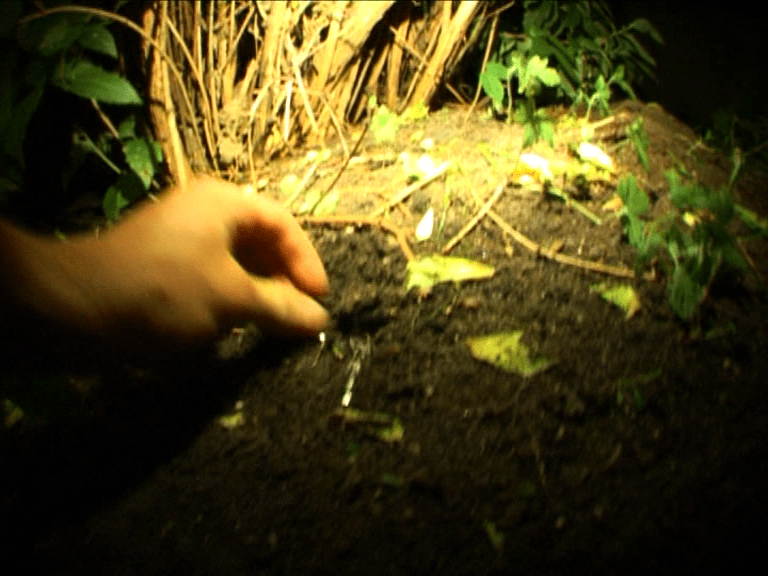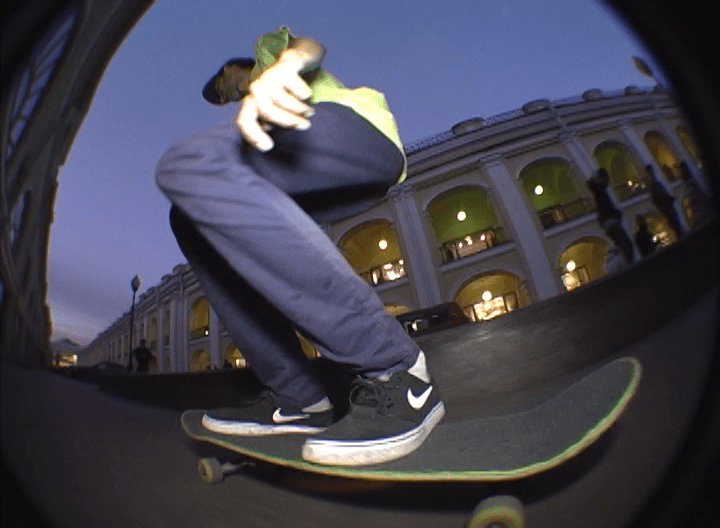The screening consists of skate videos created by skateboarders themselves, which act as an educational tool and source of inspiration. Since the inception of skateboarding, such videos have helped spread the skateboarding culture throughout the world, including Eastern Europe. These videos reveal not only the lively, constantly developing relationship between skateboarders and urban spaces, which opens new opportunities for skateboarding and the cityscapes themselves, but also the changing trends of fashion, music, and cinematography – everything that is inseparable from this culture.
In all the videos selected for the screening, the mood is invoked by the creative use of various means of producing moving images – effects, montage, soundtrack, or plot. Several of these works have already become global or local classics of the genre: Video Days (1991) by the American director Spike Jonze or Lõuend (2003) by the Estonian director Ats Luik and other filmmakers. Lõuend features popular Estonian music from the 1980s and 1990s, and the visual cutaways remind the experimental, low-fi quality US skater videos of the early 1990s. For instance, the legendary Alien Workshop promotional video Memory Screen (1991). Memory Screen, which is currently available on YouTube, is one of those skate videos that, owing to its artistic form and long sequences of elements not directly related to skateboarding (situations, video effects), confused even some skateboarders during its initial release – the audience for which these films were intended. The relationship between aesthetics and function, the boundaries between them, and the question of how much they determine the circulation of skate videos in different industries and cultural areas (skate sports and skating subculture, the art world, cinema) were the main starting points for the putting together of this screening as well.
The more recent video SPB (2018) by the Estonian artist Antti Sinitsyn was selected for the screening for its cinematography and intermingling of Western and Soviet cultural symbols and as a follow-up to Löwend. Saulius Petrošius’ film One Night somewhat “breaks out” of the traditional “skate video” genre and looks more like a stand-alone film. It happens because, in this film, the story and the atmosphere of a summer night in Vilnius are more significant than skateboarding tricks. This line also is pursued by A Day in the Life of Pablo (2021), which focuses on the influential skateboarder Pablo Ramirez (1993–2019), a member of the San Francisco skateboarding community who died a few years ago while skating. This sensitive short film, created by his friend, filmmaker Luca Balser, reveals the joy of Pablo’s life, in which skating was also directly involved. Pablo Ramirez (aka “P-Splifff” in the skater community) and the entire San Francisco skate scene is famous for their breathtaking stunts on the steep hills of San Francisco, entirely unsuitable for skating. Before Pablo and other skateboarders in this city, this kind of approach was never practiced. The ideology of Pablo and his associates reveals that skateboarding culture today can still be performative, risky, and closely connected with the urban environment.
The screening is presented by the architect-skateboarder Karolina Galvydytė, the manager of a sculpture and skateboard park currently being designed in Žirmūnai.





